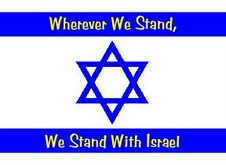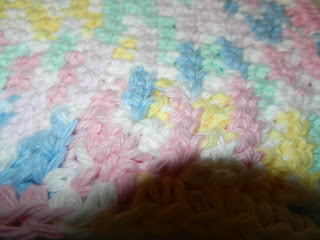I'm sure by now everyone knows that Bill (the hubby) is an avid Pachinko collector. He also repairs them. He buys them, repairs and cleans them and then frequently he sells them. Sometimes for a considerable amount of money, depending on how much work he's put into it.
But sometimes, he keeps them.
This is one that I had the original idea for, and it is a keeper.
We all like steampunk. So, what better than to make a steampunk Pachinko?
This is the machine Bill started with. It was in somewhat rough shape and was probably going to be turned into parts anyway, so he took all the pieces off to use in other machines.
Here's a closer shot of it. It was dirty, which might or might not show up well.
The back of the machine:
Bill had already started to remove some of the parts from it here.
After everything has been taken off and the background is removed from the frame, this is what it looks like. The original background is a piece of paper essentially, and it is covered with a piece of clear laminate. They were printed with assorted colors and shapes. Some of them are actual themes, this one was basically blobs of color but it was faded. Also, in the picture above this one you can see what are basically small nails. Each one has to be removed individually and carefully so the wood is not damaged. There is a special tool Bill uses, he made it from a cork puller.
After putting the background on the scanner so he can copy it for future use, he got busy with the sander and this is the result:
You can see where the nails were (pins is the actual term) and you can also see discoloration around where the features were - that is water damage. The background has to be as clean as possible.
This is how Bill keeps the pieces in order and also from getting lost - he uses large Ziploc bags and numbers them.
He casts his own parts when he has to, and just about anything he finds is fair game to use on a machine. This machine needed a lot of items created for it. Steampunk is fairly popular so he could find some things easily, but some pieces had to be created from scratch or were repurposed.

For the background, we looked around until we found a picture we liked. Our original thought was to use a picture of Big Ben, the clock, with the London Bridge also visible. But we realized that most of the good parts of the picture would be covered up so we decided to just use a picture of gears. Most steampunk things tend to be dark anyway. Bill uses a printer in Tulsa, but the backgrounds he has printed are basically the same stuff that is used in car wraps. You've probably seen wrapped cars and they look like they've been painted but it is in fact an adhesive "sticker" for lack of a better term. After applying the background, which is tedious and best done in a dust-free and dog hair-free environment, Bill applies a clear piece of laminate which is thick enough to protect the picture on the background. The clear piece is actually the hardest to apply. The picture can be moved very slightly if it's not centered - it's a two or three person job sometimes, but the clear piece has to go down "in place" and it needs to be right. Because it can NOT be removed, it will bring the bottom picture up with it and the entire background will be ruined. As soon as each layer, background and then clear, is applied Bill takes a plastic scraper to it and gets out any air bubbles. It's done between each layer and has to be done immediately upon application.

The backgrounds are 17 1/2" x 22".
The next step is to work on the wooden frame. Well, that might be don't first but it is a separate step! For this one, Bill sanded it down to the wood - sometimes they are painted or have a laminate applied similar to old countertop material. For this project, he decided to use a slightly dark varnish and then a clear coat. It took a lot of work, there were a few places in the wood that were damaged and that had to be fixed first.
After finishing the wood work and the background, then it was time to start replacing all the pieces - also known as playing field features. Since this was a new idea, Bill had a lot of fun figuring out what to use. We made a few trips to Hobby Lobby and Bill also bought some clock pieces from a clock repairman he knows.
This is the bottom part, Bill made a few adjustments to existing pieces to make them fit the steampunk theme. The copper tubing is decorative, it doesn't have anything to do with the playability of the machine but it does look good. The bottom ball tray was repainted, it had the textured filigree already but Bill repainted it and the gold is actually gold leaf that he applied.
The next few shots are close-ups of some of the pieces that Bill put on the machine. The majority of the decorative pieces are new and never intended for use on a pachinko machine. A lot of them are clock parts, such as the next picture.
This is the center, or main attraction. It doesn't spin, although some of the machines do have moving parts. Bill thought about making it move, but it would have been a little too much.
The gauge in the next picture does not move, but Bill may make some alterations later on so that it will move.
The next picture is a decorative piece that was originally on a pachinko machine, Bill did use some "original" parts.
A close up of the finished background, all parts are on and working. The red circle in the upper left-hand corner lights up, most machines have lights or bells to indicate when you are out of balls. That's what the red circle is, it's a plastic lens and you look at the picture of the pieces after they'd been painted you can see what it looked like before Bill got busy with the gold paint. He also used copper paint in some places.
The finished product!
This machine will never be sold. It was a family project and will stay in the family.







.JPG)




































